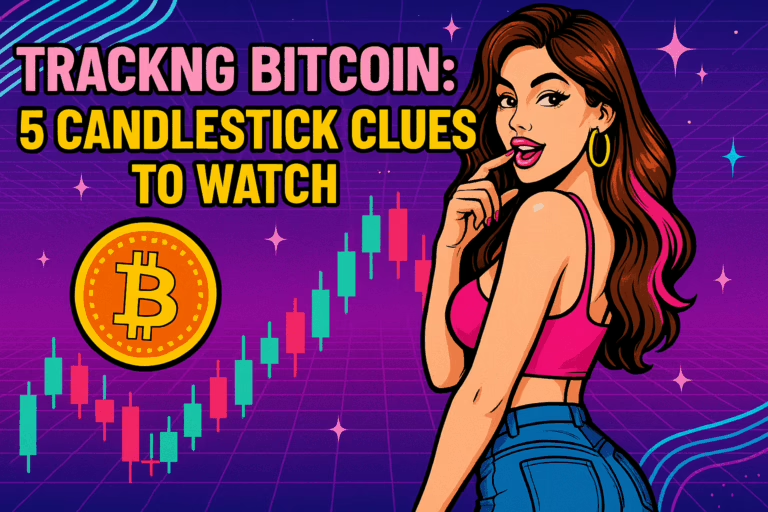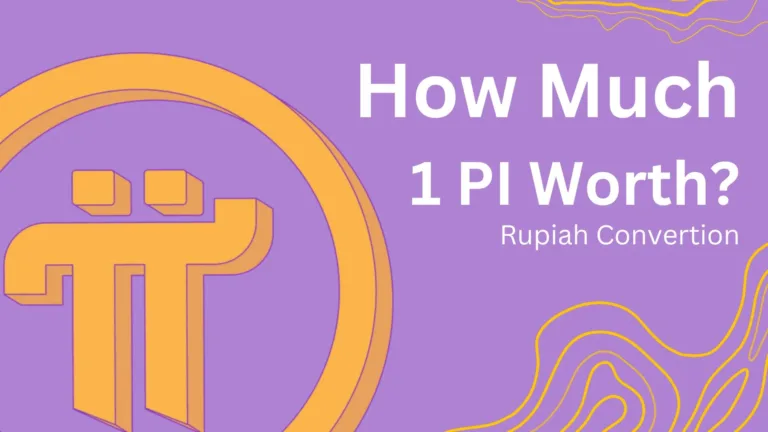2050: PENGU’s Bull Run Incoming?
Forecasting the long-term price of a crypto asset is a bit like trying to predict the weather two decades from now—riddled with uncertainty, sudden shifts, and countless variables that can change everything overnight.
And yet, therein lies the intrigue. In the ever-evolving and volatile world of crypto, one name has recently caught the spotlight: PENGU, the official token of the well-known NFT ecosystem Pudgy Penguins.
Launched on December 17, 2024, on the Solana network, PENGU is more than just another meme coin.
It’s designed as a core engine to drive deeper community engagement, expand the utility within the Pudgy Penguins NFT ecosystem, and push into the growing frontiers of DeFi and the metaverse.
With a fixed total supply of 88.88 billion tokens, PENGU entered the market with an estimated valuation of around $600 million, reflecting the strong enthusiasm from the global NFT community.
But the real question is: Where is PENGU headed by 2050? This article dives deep into various potential scenarios, analyzes key long-term price drivers, outlines major risks, and compares PENGU’s trajectory to broader crypto market trends.
PENGU at a Glance
Hide-
PENGU launched on December 17, 2024, on Solana with a total supply of 88.88 billion tokens.
-
The token aims to deepen community involvement in the Pudgy Penguins ecosystem.
-
Key price drivers include NFT adoption, transaction growth on Solana and Ethereum, and metaverse expansion.
-
Global macroeconomic trends, regulatory shifts, and blockchain innovation will heavily shape its long-term trajectory.
-
In a conservative scenario, PENGU could reach $0.10 by 2050; in a moderate case, $0.50; and in an aggressive case, up to $5.00.
-
Core risks involve high volatility, regulatory hurdles, and potential obsolescence in a rapidly evolving tech landscape.
We’re not just talking numbers—we’re exploring potential, relevance, and the kind of future PENGU might help build.
Origin and Purpose: The Vision Behind PENGU
PENGU wasn’t born out of hype or market trends. It’s a strategic component of Pudgy Penguins’ long-term plan—a brand known for its charming NFT designs and deeply loyal fanbase.
The token serves as the fuel behind the Pudgy ecosystem, enabling staking, governance, and access to premium NFT projects.
While initially launched on Solana, a blockchain favored for its speed and scalability, PENGU’s roadmap includes expansion into Ethereum and layer-2 networks like Abstract, opening doors to a more interoperable and scalable multi-chain future.
The tokenomics are robust: there’s no future token inflation, and allocations have been strategically planned to support community development, staking incentives, and liquidity on decentralized exchanges.
This thoughtful distribution underscores the project’s commitment to sustainability and value creation.
Supply & Demand Dynamics: What Moves the Market?
As with any asset, price is a reflection of supply and demand. Let’s break down the two forces shaping PENGU’s market behavior.
Supply
With a maximum supply of 88.88 billion tokens, PENGU sits among high-supply tokens. However, the team has committed to a no-additional-minting policy, which means that future inflation is off the table.
The token’s value, therefore, depends heavily on how existing supply is utilized rather than expanded.
Demand
Demand for PENGU is fueled by several key drivers:
-
NFT Utility: As the core token of Pudgy Penguins, PENGU is used for staking, governance voting, and access to exclusive features within the NFT ecosystem.
-
DeFi Integration: Expansion into Ethereum and Abstract brings opportunities for PENGU to participate in liquidity pools, lending protocols, and be used as collateral across DeFi platforms.
-
Market Speculation: Like any meme-inspired token, PENGU is not immune to hype cycles. In April 2025, for example, the token surged 130% in a single week, only to correct sharply shortly after. Volatility is baked into the equation.
Fundamental Long-Term Drivers: What Will Shape PENGU in 2050?
To project PENGU’s value in 2050, we need more than charts. We must consider the broader fundamental pillars that could determine the token’s fate over the next two decades.
1. Ecosystem Growth and Community Participation
The larger the Pudgy Penguins community becomes, and the more use cases emerge for staking, governance, and in-ecosystem transactions, the more intrinsic value PENGU can command.
If it evolves into a central hub of community interaction and utility, demand will naturally follow.
2. NFT and Metaverse Adoption
The global NFT space is expected to grow well into the 2030s, especially with brand partnerships and the rise of consumer-friendly metaverse platforms.
If Pudgy Penguins secures key collaborations, PENGU could become a core token within this digital economy.
3. Macroeconomic and Regulatory Environment
Crypto markets are deeply sensitive to macro conditions such as interest rates, fiat inflation, and central bank policies. More crucially, regulation can either be a growth enabler or a blocker.
Jurisdictions with heavy-handed rules or taxes on NFTs and crypto could hinder PENGU’s growth. On the flip side, crypto-friendly environments could supercharge adoption.
4. Competition From Similar Tokens
PENGU isn’t alone. Competing tokens across Solana, Ethereum, Avalanche, and emerging blockchains offer similar functionalities.
Success will hinge on PENGU’s ability to stand out—whether through superior branding, deeper utility, or tighter community alignment.
Price Forecasts for 2050: Three Strategic Scenarios
Here are three potential price scenarios for PENGU in 2050 based on projected market share in the NFT and DeFi sectors:
| Scenario | Market Share | Market Cap | Estimated Token Price |
|---|---|---|---|
| Conservative | 10% of NFT market | $8.88 billion | ~$0.10 |
| Moderate | 50% of NFT market | $44.4 billion | ~$0.50 |
| Aggressive | 100% of NFT + DeFi market | $444.4 billion | ~$5.00 |
-
Conservative: If PENGU captures only 10% of the global NFT market (estimated to be worth $88.8 billion), it would result in a price of around $0.10 per token.
-
Moderate: With broader adoption and meaningful partnerships, PENGU could reach $0.50, representing a market cap of $44.4 billion.
-
Aggressive: Should PENGU emerge as the dominant token in both NFTs and DeFi—especially with major metaverse integrations—it could climb to $5.00.
Risk Factors: What Could Derail PENGU’s Future?
No forecast is complete without accounting for risks. Here are some of the most pressing threats:
1. Speculative Volatility
PENGU, like many meme-powered tokens, is prone to rapid price spikes followed by equally fast drops. While hype can bring short-term gains, it often undermines long-term confidence.
2. Regulatory Crackdowns
Governments could impose restrictions on NFTs, levy heavy taxes, or limit crypto trading. These moves would slow down adoption, particularly in key markets like the US and EU.
3. Falling Behind in Tech
If newer, more efficient blockchain platforms emerge and PENGU fails to adapt—say, by ignoring developments like modular chains or AI-enhanced contracts—it could lose relevance quickly.
Final Thoughts: A Realistic but Hopeful Outlook for PENGU
PENGU stands as a compelling case of how NFTs, community, and tokenized governance can intersect meaningfully in the crypto landscape. Since its debut in late 2024, it has shown both strong potential and the challenges that lie ahead.
For those eyeing long-term involvement—whether as investors, community builders, or users—it’s crucial to stay informed.
Track the roadmap, monitor shifts in regulation, and watch how the NFT space evolves. In crypto, information is your most valuable asset.
Given the realistic projections and a wide range of growth scenarios, PENGU could become one of crypto’s next great stories—provided it continues to innovate, adapt, and inspire its growing global community.
Frequently Asked Questions (FAQs)
What is PENGU and why did Pudgy Penguins launch it?
PENGU is the official utility token launched by Pudgy Penguins on December 17, 2024, on the Solana network. It was created to enhance community engagement, enable governance, allow staking, and offer exclusive access to new NFT projects within the ecosystem.
What is PENGU’s total supply and how is it distributed?
PENGU has a fixed supply of 88.88 billion tokens. Distribution includes community incentives, development reserves, team allocation, and decentralized exchange liquidity. There are no plans to mint additional tokens, making it a deflationary or fixed-supply asset.
What are the long-term factors influencing PENGU’s price?
Key influences include:
-
Adoption across the Pudgy Penguins ecosystem (staking, governance, etc.)
-
The growth of NFT and metaverse industries
-
Macroeconomic conditions and global crypto regulations
-
The team’s ability to innovate and integrate with DeFi and new networks
Is the conservative scenario ($0.10/token) still plausible?
Yes. If PENGU captures only 10% of the projected global NFT market ($88.8B by 2050), its market cap would be $8.88 billion—translating to roughly $0.10 per token. This outcome may happen if adoption remains modest or competition intensifies.
How can I track PENGU’s price and ecosystem updates?
- Real-time Price Platforms: CoinMarketCap, CoinGecko, Crypto.com
-
Official Channels: Follow Pudgy Penguins on Twitter, Discord, and their website
-
Community Forums: Join Reddit and Telegram discussions for insights and sentiment







